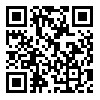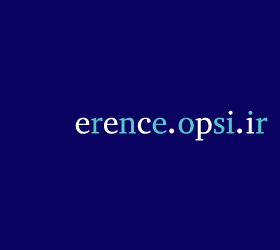Association Mission
Membership
Contact Us
BibTeX | RIS | EndNote | Medlars | ProCite | Reference Manager | RefWorks
Send citation to:
URL: http://opsi.ir/article-1-950-en.html
In this paper, an opto-electro-thermal model is used to investigate dynamic gain behavior of quantum well vertical-cavity surface-emitting lasers (QW-VCSELs). This numerical model is solved by using finite difference time domain method in cylindrical coordinate system. We use two different models to present carrier-dependency of the gain: linear gain (LG) and carrier dependent nonlinear gain (CDNG). Our simulation results show that CDNG model has better gain profile. We study the effect of current spreading factor and injected current on the output gain of laser. Moreover, we investigate dynamic gain behavior of examined laser. We show that high current injection degrades output beam quality because of improvement of SHB effect and manifestation of higher order transverse modes.
| Rights and permissions | |
 |
This work is licensed under a Creative Commons Attribution-NonCommercial 4.0 International License. |









